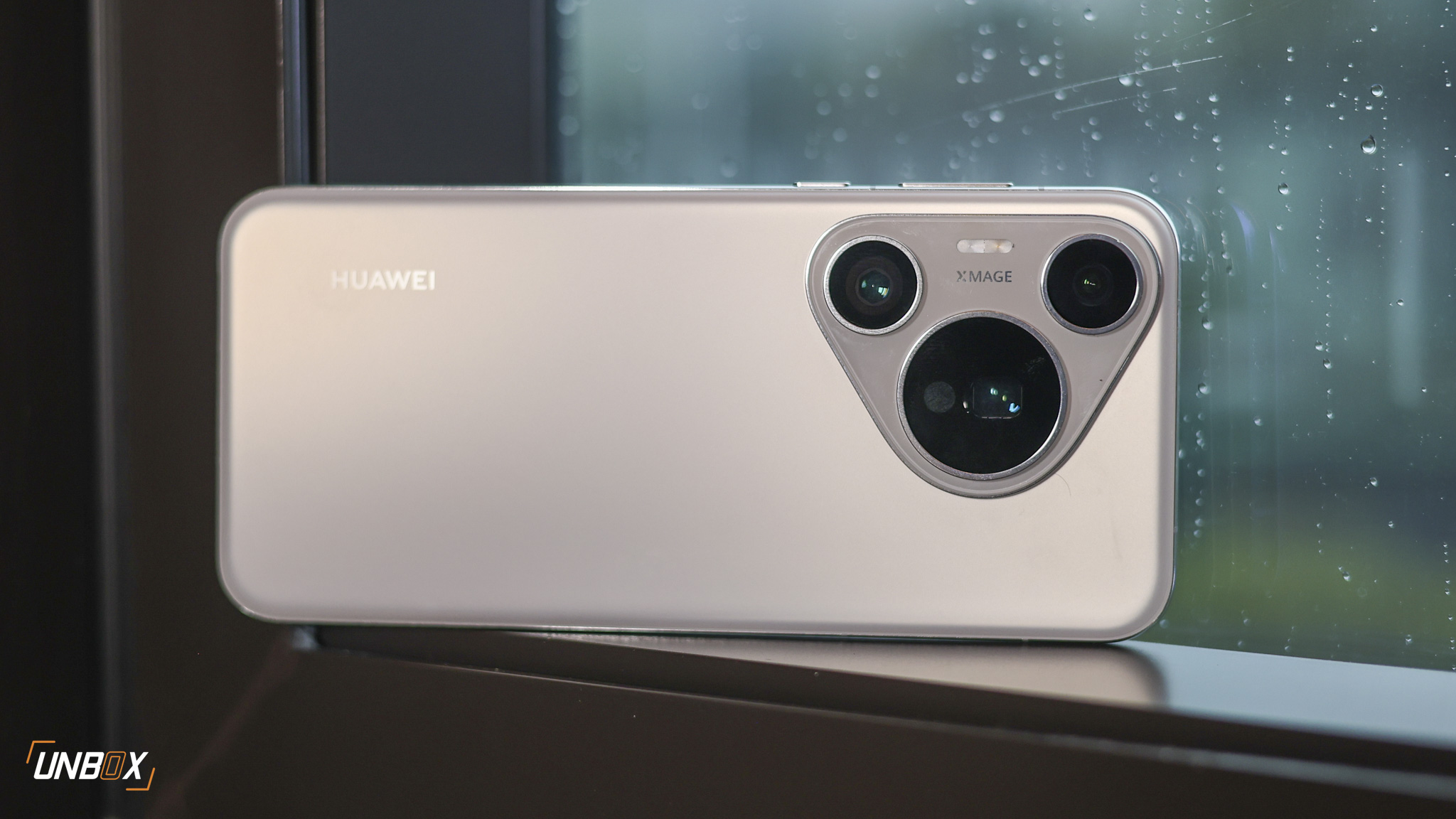We go hands-on with the Galaxy S20 Ultra!
As expected, Samsung announced three variants of its latest S-series flagships, with the top-of-the-line S20 Ultra packing all the latest tech from the Korean company. Armed with a massive 108-megapixel main sensor, 100x “Space Zoom” capability and quite a bit of new camera tech, the massive 6.9-inch phone should have easily been our favorite of the new phones released today.
But it’s not. That honor goes to the well-thought-out Galaxy Z Flip, and while the Galaxy S20 Ultra is one of the most powerful phones we’ve handled in a while it feels like an exercise in excess. Let me explain:

The biggest camera bump in the business
I really like Samsung’s established design language for its flagship smartphones ever since the Galaxy S9, so imagine how disappointed I was when I first saw the leaked renders for the crop of Galaxy S20 devices. But as big as the camera modules were for the Galaxy S20 and S20+, nothing could have prepared me for the size of the one on the Galaxy S20 Ultra.
The camera module on the Galaxy S20 Ultra is, without a doubt, one of the biggest in a smartphone today. It’s a few millimeters tall and quite wide, and almost takes up the entire upper left corner of the phone. I really disliked how Apple handled the camera bump on the new crop of iPhones recently, and I was a little disappointed to see Samsung follow suit with their new device.

The ones on the Galaxy S20 and S20+ are a little tolerable since they’re not as big as the one that’s on the S20 Ultra. I still don’t like how out of place it looks on the otherwise beautiful chassis of the phones, but if you’re bothered by how large that camera bump looks (and don’t care about the increased zoom capabilities of the more expensive device), you might be better served with the smaller phones.

That’s not the only issue I have with the phone externally. While the device is incredibly well built and follows Samsung’s established design language (at least in the parts that aren’t covered by that monstrous camera module), it’s very, very big. I have what you’d call yeti-like hands, but I still had trouble handling the Galaxy S20 Ultra during its brief time with me.
That’s all thanks to that massive 6.9-inch display on the front, the biggest one yet on a smartphone that uses the company’s Dynamic Super AMOLED Infinity O display. Resolution is pegged at 3040 x 1440, and like the Galaxy S10+ before it, the display uses dual-curved edges.

In fairness to Samsung, the display looked amazing, and that 120Hz refresh rate makes whatever you’re doing (or watching) feel smoother overall. But the huge display, along with the ungainly size and curved sides will make handling the phone one-handed neigh impossible for people with regular-sized hands, never mind people with smaller than average digits.
Samsung has finally moved on to high-resolution snappers for their flagship smartphones – at least for the Galaxy S20 Ultra. The phone uses a 108-megapixel main shooter with an f/1.8 aperture lens, which is paired with an ultra-wide-angle 12-megapixel sensor with an f/2.2 lens, 48-megapixel f/3.5 telephoto camera that can do optic zooms up to 10x, and a ToF camera.
The Korean company isn’t the first manufacturer to use a 108-megapixel sensor – that honor belongs to Xiaomi and their Mi Note 10 – but it’s nice to see Samsung finally move on to higher-resolution cameras for their flagships, if only for the top-tier variant. Just like the Mi Note 10, the Galaxy S20 Ultra uses pixel-binning to produce 12-megapixel images. You can shoot entirely in 108-megapixels of course, but that’ll produce an image 12,032 X 9,204 in resolution – not something most consumers will need.

What’s more intriguing about the Galaxy S20 Ultra is its 10x hybrid optical zoom and 100x “Space Zoom” capabilities. It looks like Samsung took a page out of Huawei’s playbook and used a periscope assembly that allows the phone to shoot 10x hybrid optical zoom.
Samsung also flaunted the fact that the Galaxy S20 Ultra can shoot up to 100x zoom though that’s almost purely digital, and the results that we got during our brief time with the phone didn’t quite match up with what they showed us in our briefing. In Samsung’s defense, the phone that they lent was pre-production units, and we were shooting at night – we’ll have to give it a go during the day to see if the phone really does deliver on the Space Zoom claim.
But even if the phone does deliver on its 100x zoom claim, there are very limited shooting scenarios where you’d want that much zoom in the first place. We found this out when we were testing the P30 Pro, and that one only had up to 50x digital zoom in it.
The other camera tricks that are in the S20 Ultra are more useful, like the best shot feature (where the phone takes photos and videos using all the cameras in a 10-second period and makes you choose the best one to keep), as well as the ability to shoot in 4K 60 FPS. You can also shoot in 8K, but unless you plan to downsample to 4K it’s really not a feature most consumers can utilize. The number of people who have 4K TVs is still very low, and the number of people who own 8K-capable devices is lower still.

Flagship hardware, battery, and price, to match
It’s no surprise that Samsung’s new flagship is getting its latest silicon, this time in the form of the Exynos 990 octa-core processor, paired with 12GB of LPDDR5 RAM and 128GB of expandable storage. Other countries that aren’t in Asia will be getting Snapdragon 865 chipsets, and the Galaxy S20 Ultra is 5G-capable out of the box.
The phone is 5G ready, though right now the ability to hop on to the new wireless standard in the Philippines is disabled. Samsung Philippines says its still studying how 5G develops in the Philippines in terms of infrastructure, and once the right conditions are met, the company can simply send out an OTA to enable 5G once the service is widely available for consumers.
If you haven’t guessed already, the Galaxy S20 Ultra will have a pretty steep price tag, as it’s set to retail at Php 69,990. It will be available for pre-order from February 12 to 25.
Samsung Galaxy S20 Ultra Specs
- Exynos 990 octa-core processor
- 12GB LPDDR5 RAM
- 6.9-inch WQHD Dynamic Super AMOLED Infinity-O display, 3040 x 1440 resolution, dual curved edge, HDR10+, 120hz refresh rate
- 128GB UFS 3.0 expandable storage
- Quad rear cameras: 108-megapixel f/1.8 main camera with Dual Pixel PDAF and OIS; 48-megapixel telephoto camera with 10x optical zoom, OIS, and PDAF; 12-megapixel ultra-wide-angle camera with AF and Super Steady video; ToF sensor; with 100x Space Zoom, LED Flash, 8K video recording
- 40-megapixel front camera; Dual Pixel PDAF, 4K video recording
- Dual SIM
- 3G, LTE, 5G
- WiFi 6, Bluetooth 5.1, GPS, A-GPS, GLONASS
- Ultrasonic Fingerprint scanner, facial recognition, IP68 certification, USB Type-C port, stereo speakers, Bixby AI, 3D Emojis
- 5000mAh battery with 45w wired charging and wireless charging
- Android 10 with OneUI 2.0




























